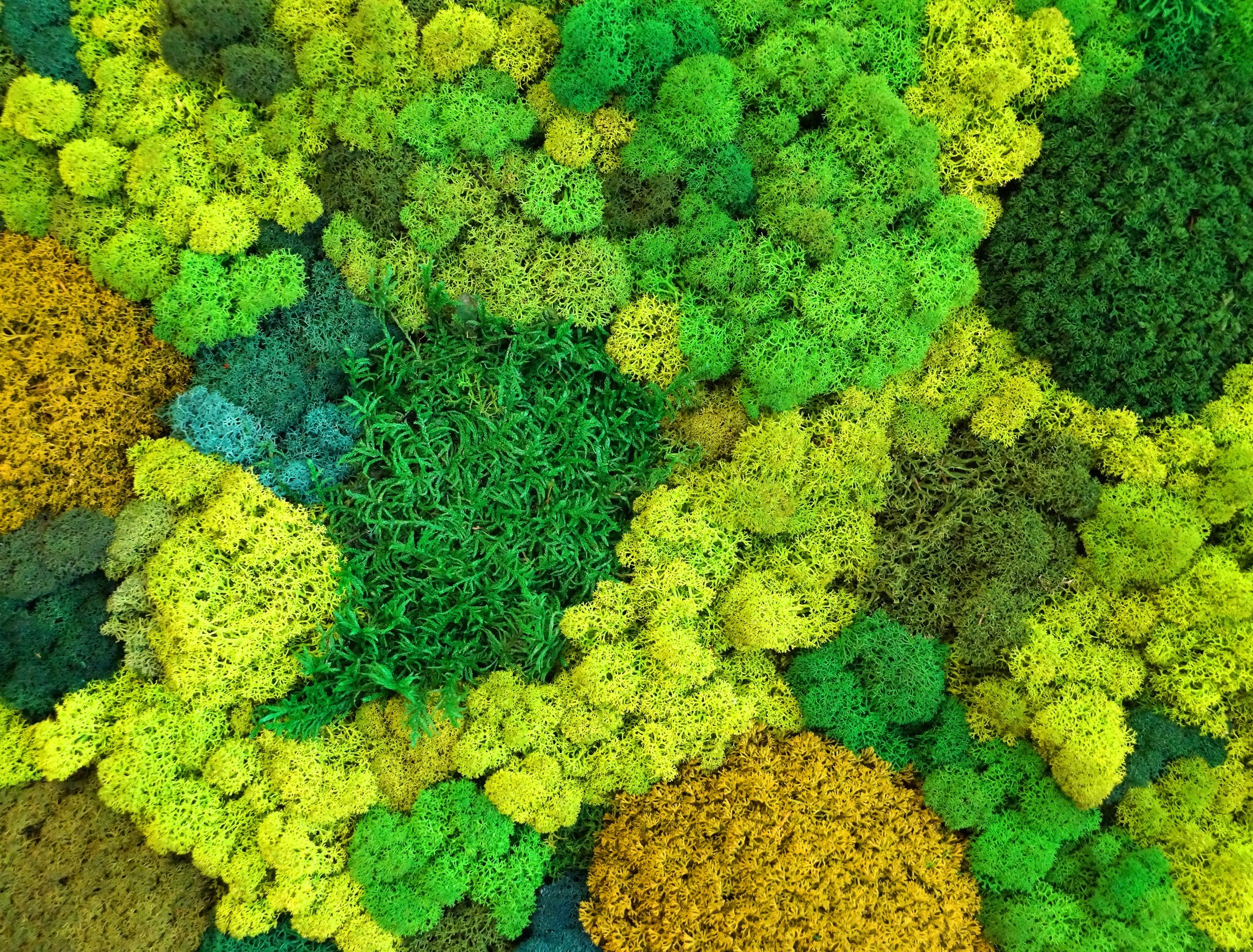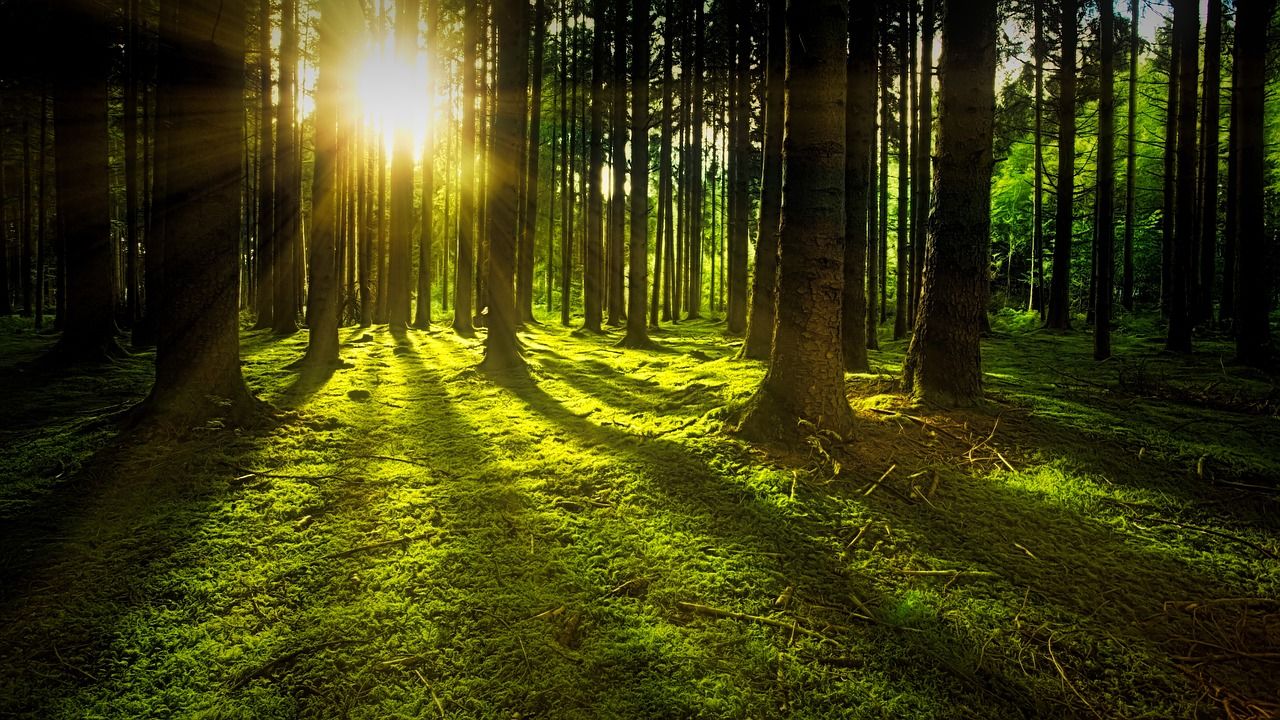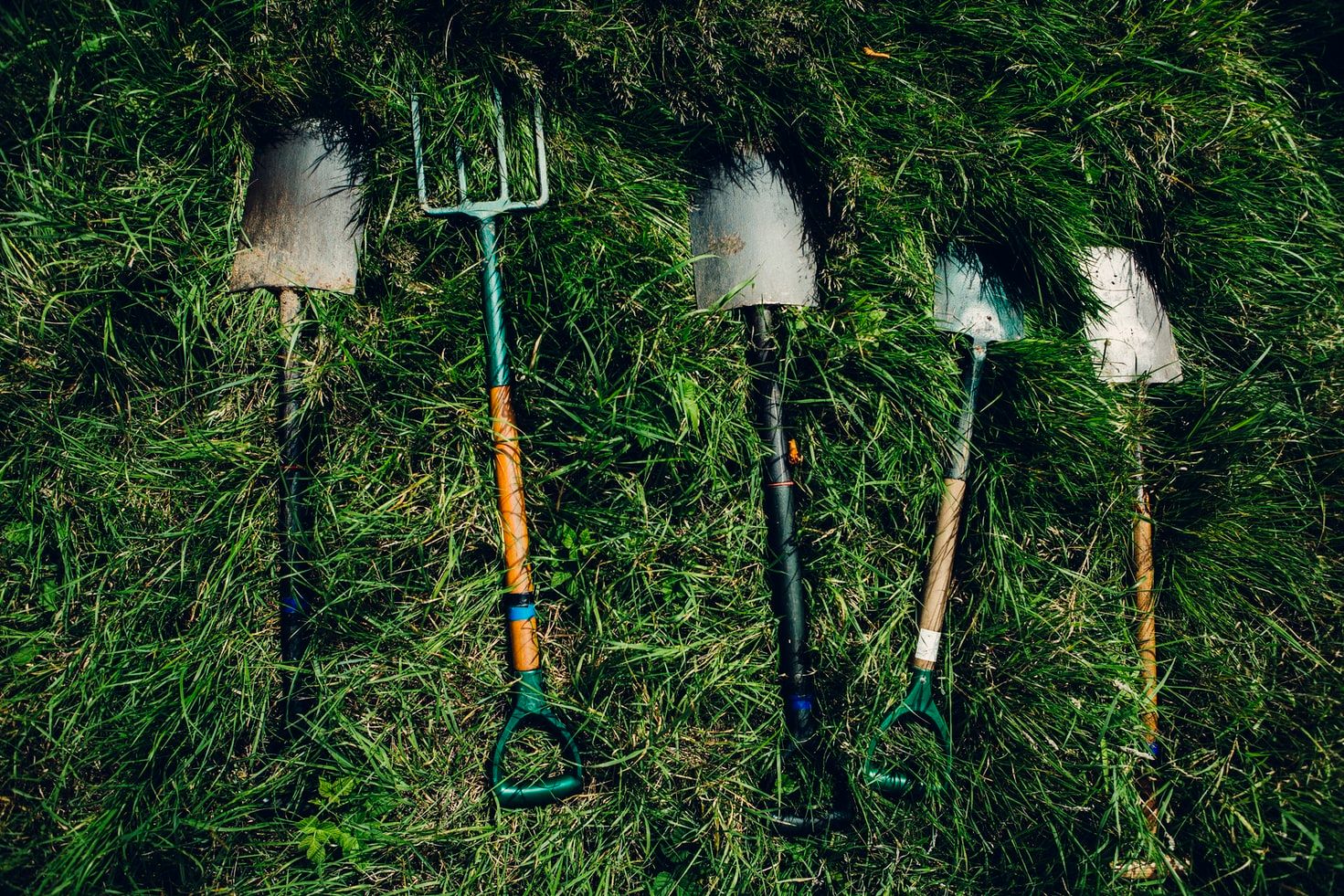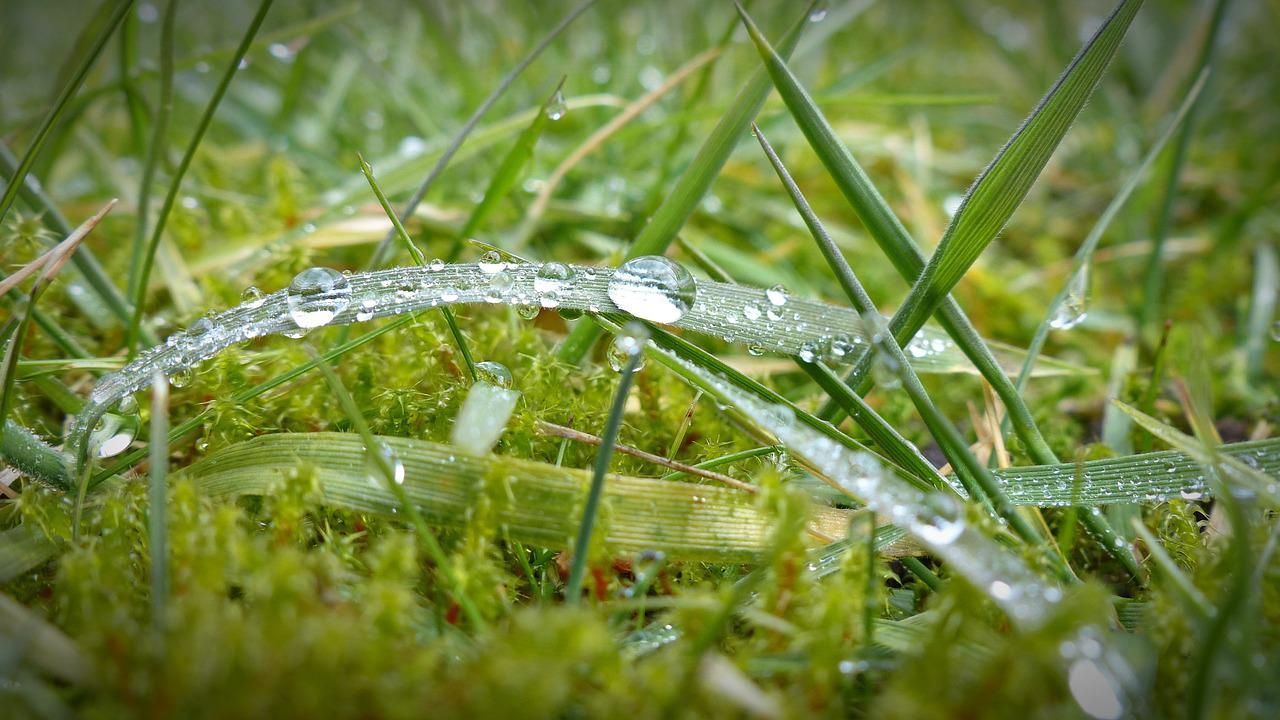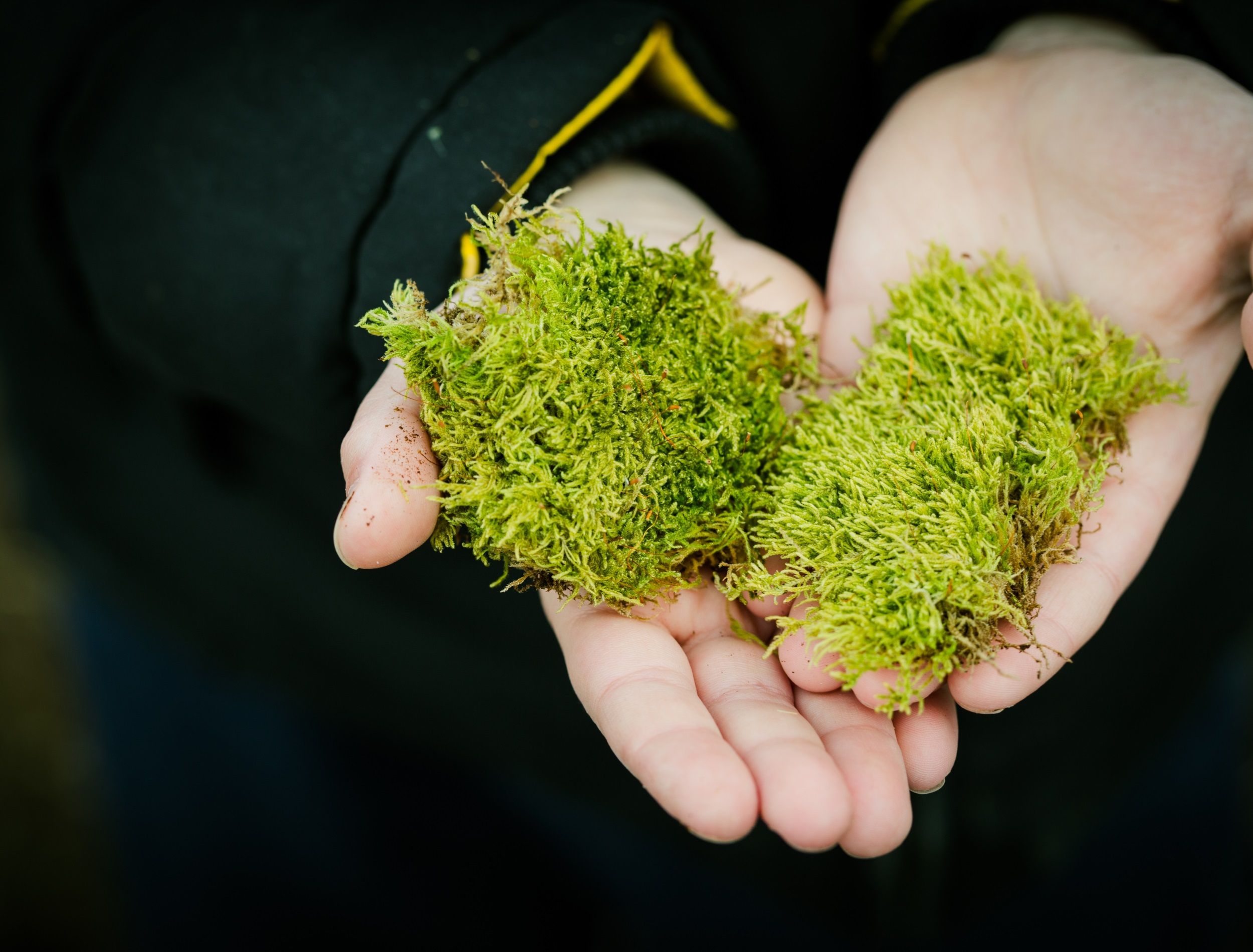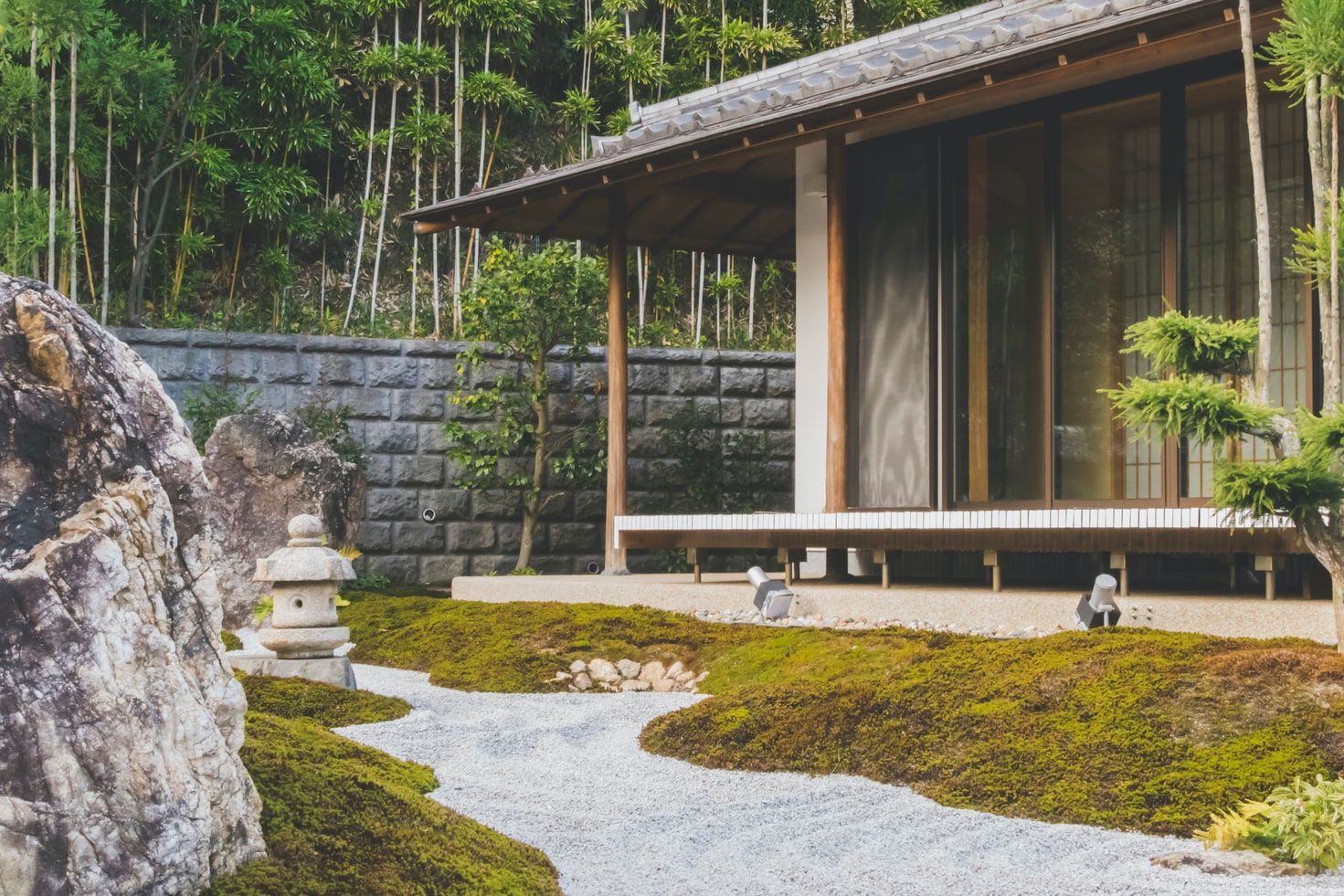Caring for a traditional turf lawn requires a lot of time and money. From the hours spent watering your grass to money spent on fertilizer and treatments, you may be considering one or two low-maintenance lawn alternatives. Fortunately, moss is an excellent option. It still has a few key requirements to thrive, such as compact soil, a shaded area, and consistent moisture, but it's not nearly as difficult to care for.
If you've got a space that lacks the light necessary for growing a turf lawn, but you're also looking to save water, time, and fertilizer, this guide on how to transition your lawn to moss is for you. Plus, it only takes a few simple steps, which you'll learn more about below, along with a few reasons why a moss lawn could be right for you.
Reasons to Opt for Moss as a Lawn Alternative
Image credits: jplenio via Pixabay
Moss is a low-maintenance lawn alternative. It requires very little attention, especially if your location offers everything it needs to thrive. Moss lawns prefer to be in a shaded area and remain moist which it will do by itself unless your area is in a drought. But, this shouldn't be too difficult to achieve with a sprinkler system.
Also, moss lawns don't require any mowing, fertilizing, or herbicides to maintain their lush, green appearance. Moss acts as a form of mulch, protecting soil and plant life, and is also home to many beneficial insects.
Tools You Will Need
Image credits: dylan nolte via Unsplash
Before you learn about how to transition your lawn to moss, it's important to cover the tools you will need to get the job done. There's a few of the items you'll need to care for your moss lawn once it is established.
- Moss
- Gardening gloves
- Misting hose head or sprinkler
- Hand trowel
- Rake
How to Transition Your Lawn to Moss
Step 1: Examine Your Lawn
Image credits: bernswaelz via Pixabay
If you're interested in replacing your grass with moss, you may be in luck. Sometimes moss grows beneath grass, so it may actually be present in your existing lawn. If this is the case, try to remove as much grass and weeds as possible by slowly pulling it out by the root. This will encourage the moss to spread naturally and stop grass from growing back.
Also, you should stop your current grass care routine, including the watering and irrigation processes. Once the grass begins to die, the moss can take over. If there isn't much moss present in your lawn, preparing the area for planting is crucial. This means removing any weeds and grass and other debris. Also, it's important to rake the soil to create an even base.
Step 2: Replace Grass with Moss
Image credit: Tommy Lee Walker via Shutterstock
Once your space is prepared, it's time to plant the moss. Moss can be expensive, but it's also easy to find in nature. You can ask your neighbor for moss or remove some from other areas of your yard, carefully removing only small pieces. The more variety, the better, as this will create a very natural look in your yard.
Your soil should be freshly raked and moist to ensure it's ready for planting. The moss should be in small pieces around 1/4 inch in size and placed a few inches apart around your yard. Press them firmly into the soil and follow with water. You can also use mats or netting to hold the moss in place.
Step 3: Maintain Your Moss Lawn
Image credits: pepe nero via Unsplash
Moss can take a full growing season to become fully established, so the proper care is important. While the moss is growing, avoid walking on it or setting items on it as this can disturb the placement. Regular misting with a hose will also help the moss stay moist, helping it grow more quickly. Also, remove any weeds or grass that may obstruct the growth of the moss.
Once your moss lawn has become established, it should require very little care and becomes a durable, hassle-free lawn alternative. The best way to tell that your moss no longer requires care is when it "blooms." These are actually the reproductive parts of moss and mean that the lawn has become established and will no longer require any specific care. Simply remember to mist the area during droughts!
You Ready?
If you're on the hunt for a low-maintenance lawn alternative, moss is your answer. Once it has been established in your yard, it requires very little care. Plus, it adds a fairy tale-like touch to any space while still maintaining the lush green color we all dream of.
Moss can handle light foot traffic and minimal watering, making it a great option for any yard space. It will change in color throughout the seasons, as well, continuously maintaining the visual interest of your yard. Does moss sound like the right lawn alternative for you? Les us know below!

